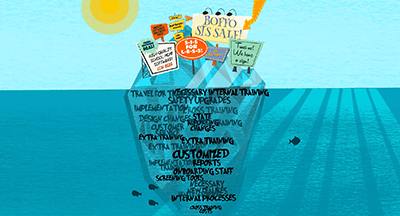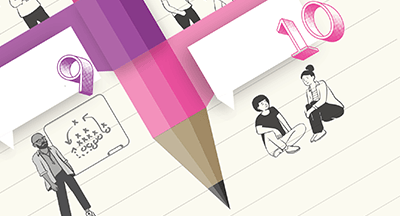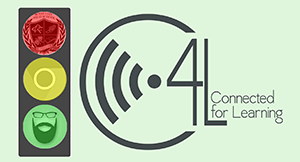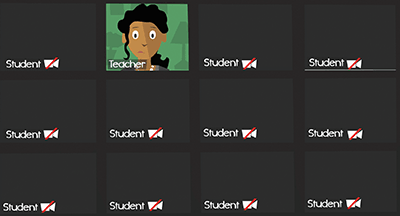Student Apprenticeships: Working For a Brighter Future
BY Lauren Gilchrist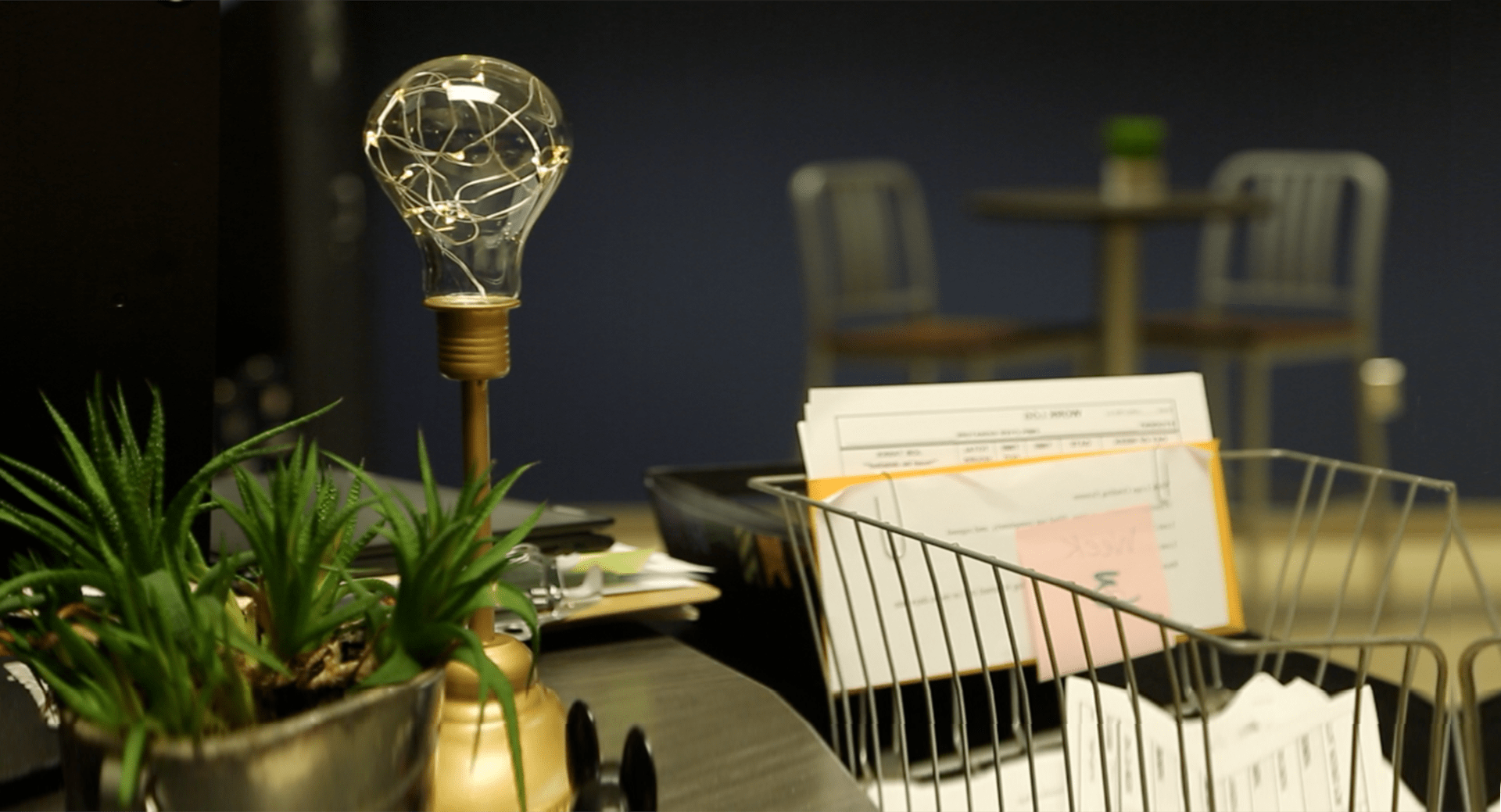
One of my favorite parts about my job is visiting school districts. I love talking with administrators, staff, and students about the creative ways they’re changing education, increasing excitement, and preparing kids for their futures. It’s always inspiring, and my trip to Waupaca High School was no different.
I visited WHS to learn about Waupaca Works, a program that is getting students out of classrooms and into the work world. Through apprenticeships, they are earning school credits, gaining real-world experience, and—bonus—getting paid. (As I think I told at least five people, I wish my high school had a program like that!)
So how exactly does Waupaca Works work? Watch this video to find out. To create it, we talked with school administrators and staff and visited seven students on the job. They gave us great insight into the program that just might help you kick-start something similar at your school. Take a look!
Now that you’ve seen Waupaca Works in action, here’s a little more information about the program.
Jumpstarting Careers
The Waupaca Works apprenticeship program highlighted in the video is part of a larger district-wide program that helps ensure “every student [has] a post-secondary focus they can implement before or after graduation.” The program’s vision statement goes on to emphasize “blend[ing] the School District of Waupaca and community businesses to help students best understand their academic and career options.”–Greg Nyen, District Administrator
In addition to youth apprenticeships, the district also sets up K-12 discovery days, job shadowing, field trips, mock interviews, classroom and lunch hour guest speakers, and career fairs. Students also meet with counselors to develop plans based on their career, educational, and personal/social needs. In addition, the district partnered with a local tech school to offer additional classes like animal science, financial planning, auto maintenance, concepts of programming, and horticulture.
Nyen noted the encouraging shifts in perspective he's seen in regard to the unique program. "From the students' perspective, they have an opportunity to make connections between their coursework and real-life career opportunities. From the parent, staff, and community perspective, our students have an opportunity to develop a more meaningful connection between their high school curriculum and post-secondary goals."
Even the curriculum at WHS has been modified to meet the needs of local businesses. Instructors are encouraged to update their curricula to ensure lessons stay current with industry trends and needs.
–Jen Erb, Career & Technical Education and Academic & Career Planning Coordinator
The apprenticeship program at WHS is open to junior and senior students. Apprenticeships complement classroom learning, which students are still enrolled in part time. At WHS, apprentices work in fields like engineering, mechanics, finance, manufacturing, computer programming, hospitality, animal science, accounting, nursing, production agriculture, construction, HR, robotics, and transportation.
–Greg Nyen
Students enrolled in the apprenticeship program enjoy a host of benefits, many relating to college and career preparation:
- Mentored, on-the-job training
- Experience in a desired field, which can help the student determine if it’s something he or she truly wants to pursue
- Connections in the community, which may continue to be beneficial in post-secondary education and future careers
- A source of income, which can be invested in post-secondary education
–Greg Nyen
Finding Business Partners
The staff at Waupaca High School used a variety of methods to find organizations willing to host student apprentices. They sent out a survey to local businesses and received many positive responses. They visited local business owners and met with the Waupaca Chamber of Commerce and the city’s Economic Development Corporation to discuss potential opportunities. They also spread the word at career fairs and by word of mouth.We could not not do it!”
–Greg Nyen
Economic Impact
Apprenticeships not only benefit the employed students, but also the greater community. “Local schools meeting local business needs is the fuel for the future economy,” said Nyen. “Plus, it keeps students from leaving our workforce.” Since students are building connections with local businesses at a young age, the district believes they will be more likely to appreciate the opportunities in their backyard and put their skills to work in the Waupaca area in the future.–Jen Erb
Words of Advice
I couldn’t pass up the opportunity to ask the staff at WHS for advice to share with district leaders looking to implement a similar program. They recommended staffing an academic & career planning coordinator and getting the entire faculty involved in the program. They also suggested using the ideas and successes of other districts (no need to reinvent the wheel) and promoting the program among community members, who may be able to offer resources, apprenticeship opportunities, and helpful contacts. A final suggestion, in their words, was this: “Go big or go home!”The Waupaca Works program is a prime example of how thinking outside the box, or the confines of a school campus, can result in an enhanced education for students. By helping local businesses, students get to explore their passions, develop important skills, and apply their studies to the real world. Puns aside, it really is true—the program works!
How is your district preparing future-ready students? We’d love to help you share your best practices. Get in touch—perhaps we'll send our video team your way next!
WHAT'S NEXT FOR YOUR EDTECH? The right combo of tools & support retains staff and serves students better. We'd love to help. Visit skyward.com/get-started to learn more.

|
Lauren Gilchrist Blogger, Traveler, and Video Talent |
Lauren enjoys visiting school districts and spreading the word about creative, non-traditional approaches to universal challenges. Follow her for on-the-scene education journalism (with a little fun sprinkled in).
